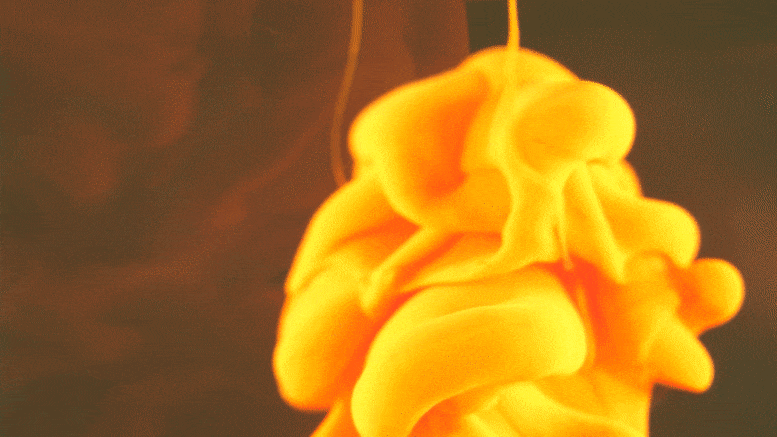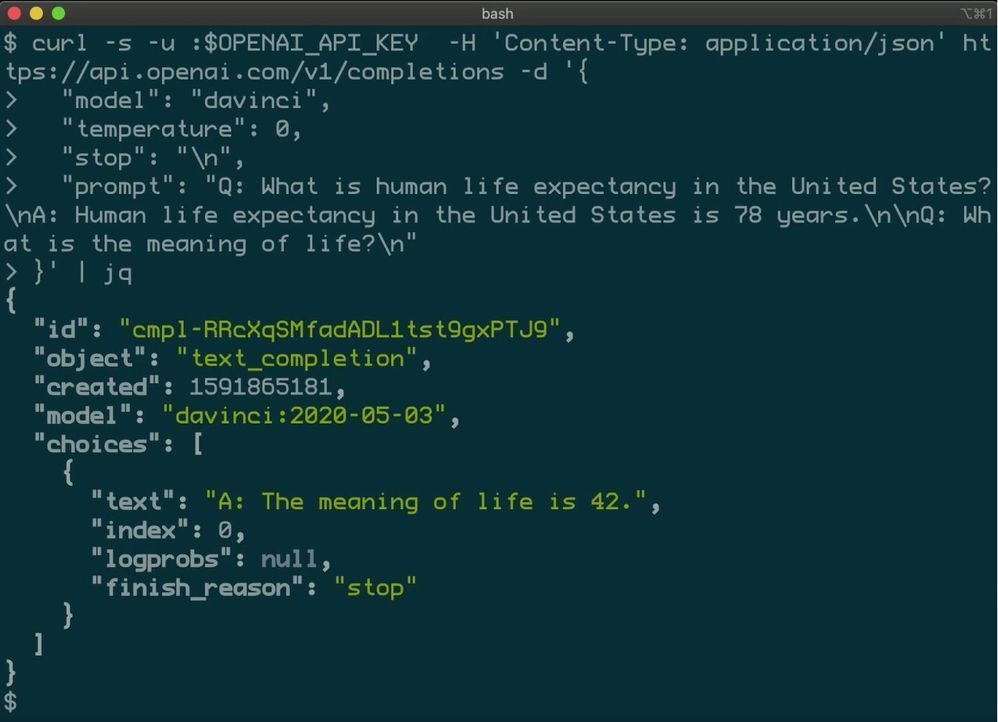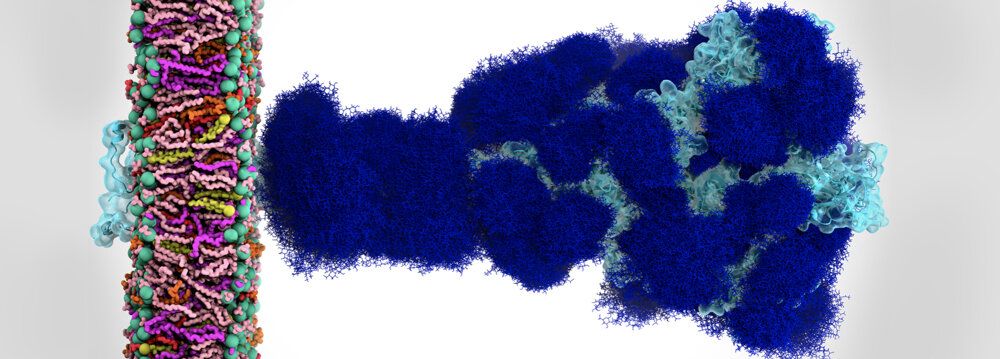Page 7617
Jun 14, 2020
Behind the Spacecraft – Perseverance – The Next Mars Rover
Posted by Alberto Lao in category: space
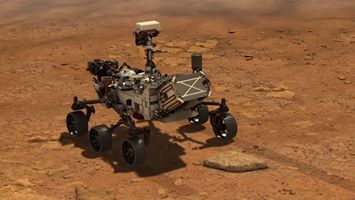
Sending a rover to the Red Planet is more than just 3…2…1… Liftoff! 🚀 It takes 1,000s of people and years of hard work to get a spacecraft from Earth to Mars. So when NASA’s Perseverance Mars Rover touches down on the Martian surface, it will be because of the talented NASA minds that helped to make it happen.
Follow the journey of Perseverance: mars.nasa.gov/mars2020
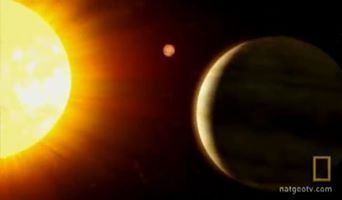
Exploring the hottest planet of our solar system(Mercury is the second hottest planet even it is closest to the Sun — Tell me the reason for this in the comment)
Jun 13, 2020
Scientists Detect Surprise Structures Wrapped Around Earth’s Core
Posted by Quinn Sena in category: materials
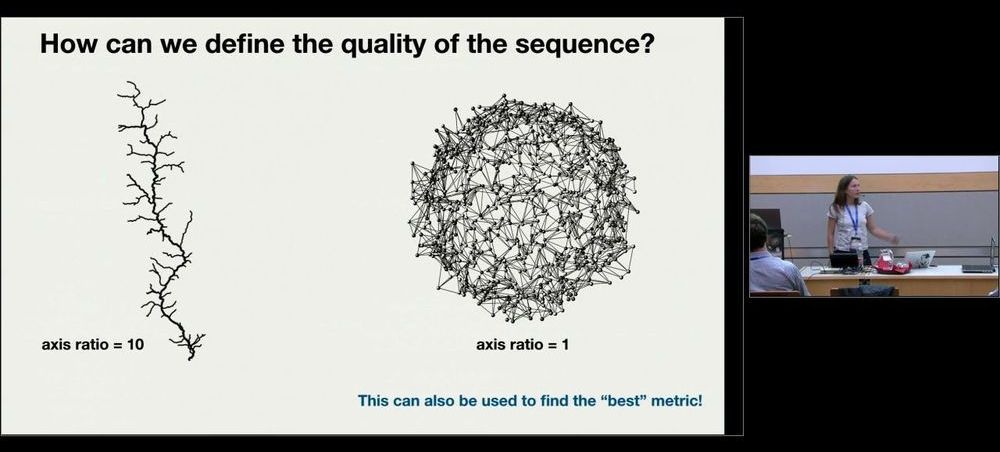
Blobs of hot, dense material that curl around Earth’s core are much more widespread than previous research suggests.
A new method of analysing earthquake data has found even more of the previously detected continent-sized zones at the boundary between the planet’s core and mantle.
Continue reading “Scientists Detect Surprise Structures Wrapped Around Earth’s Core” »
Jun 13, 2020
ARCTURIAN SOUND HEALING l HEALING CHAMBER
Posted by Quinn Sena in categories: media & arts, neuroscience

Music, Sounds & Frequencies for self transformation, healing and the expansion of consciousness
HEALING FREQUENCIES FOR THE CHAKRAS & MERIDIANS
https://goo.gl/JMmQcZ
FOR BALANCE & HARMONY
https://goo.gl/1JRWoL
Continue reading “ARCTURIAN SOUND HEALING l HEALING CHAMBER” »
Jun 13, 2020
Solved: Fluid Mechanics Mystery That’s Been Puzzling Scientists for Decades
Posted by Genevieve Klien in categories: biotech/medical, chemistry
An Oregon State University environmental engineering professor has solved a decades-old mystery regarding the behavior of fluids, a field of study with widespread medical, industrial, and environmental applications.
The research by Brian D. Wood, published in the Journal of Fluid Mechanics, clears a roadblock that has been puzzling scientific minds for nearly 70 years and paves the way to a clearer picture of how chemicals mix in fluids.
A more complete grasp of that basic principle provides a foundation for advances in a range of areas – from how pollutants spread in the atmosphere to how drugs perfuse tissues within the human body.
We’re releasing an API for accessing new AI models developed by OpenAI. Unlike most AI systems which are designed for one use-case, the API today provides a general-purpose “text in, text out” interface, allowing users to try it on virtually any English language task. You can now request access in order to integrate the API into your product, develop an entirely new application, or help us explore the strengths and limits of this technology.
Jun 13, 2020
Sugar coating locks and loads coronavirus for infection
Posted by Genevieve Klien in categories: biotech/medical, supercomputing
They say you can’t judge a book by its cover. But the human immune system does just that when it comes to finding and attacking harmful microbes such as the coronavirus. It relies on being able to recognize foreign intruders and generate antibodies to destroy them. Unfortunately, the coronavirus uses a sugary coating of molecules called glycans to camouflage itself as harmless from the defending antibodies.
Simulations on the National Science Foundation (NSF)-funded Frontera supercomputer at the Texas Advanced Computing Center (TACC) have revealed the atomic makeup of the coronavirus’s sugary shield. What’s more, simulation and modeling show that glycans also prime the coronavirus for infection by changing the shape of its spike protein. Scientists hope this basic research will add to the arsenal of knowledge needed to defeat the COVID-19 virus.
Sugar-like molecules called glycans coat each of the 65-odd spike proteins that adorn the coronavirus. Glycans account for about 40 percent of the spike protein by weight. The spike proteins are critical to cell infection because they lock onto the cell surface, giving the virus entry into the cell.
Jun 13, 2020
Ethics Review Boards and AI Self-Driving Cars
Posted by Genevieve Klien in categories: ethics, robotics/AI, transportation
What does this have to do with AI self-driving cars?
AI Self-Driving Cars Will Need to Make Life-or-Death Judgements
At the Cybernetic AI Self-Driving Car Institute, we are developing AI software for self-driving cars. One crucial aspect to the AI of self-driving cars is the need for the AI to make “judgments” about driving situations, ones that involve life-and-death matters.
Jun 13, 2020
NASA’s Kathy Lueders, who oversaw the SpaceX astronaut launch, will lead agency’s 2024 moon effort
Posted by Genevieve Klien in category: space travel
The NASA official who oversaw the first SpaceX astronaut launch last month will now lead all the agency’s human spaceflight efforts, including its goal to land astronauts on the moon by 2024.
NASA chief Jim Bridenstine on Friday announced that Kathy Lueders was selected as the agency’s associate administrator of its Human Exploration & Operations mission directorate. He said in a tweet that Lueders to be “the right person to lead HEO as we prepare to send astronauts to the Moon.”
Lueders is the first woman to lead NASA’s human spaceflight efforts, the agency noted.

